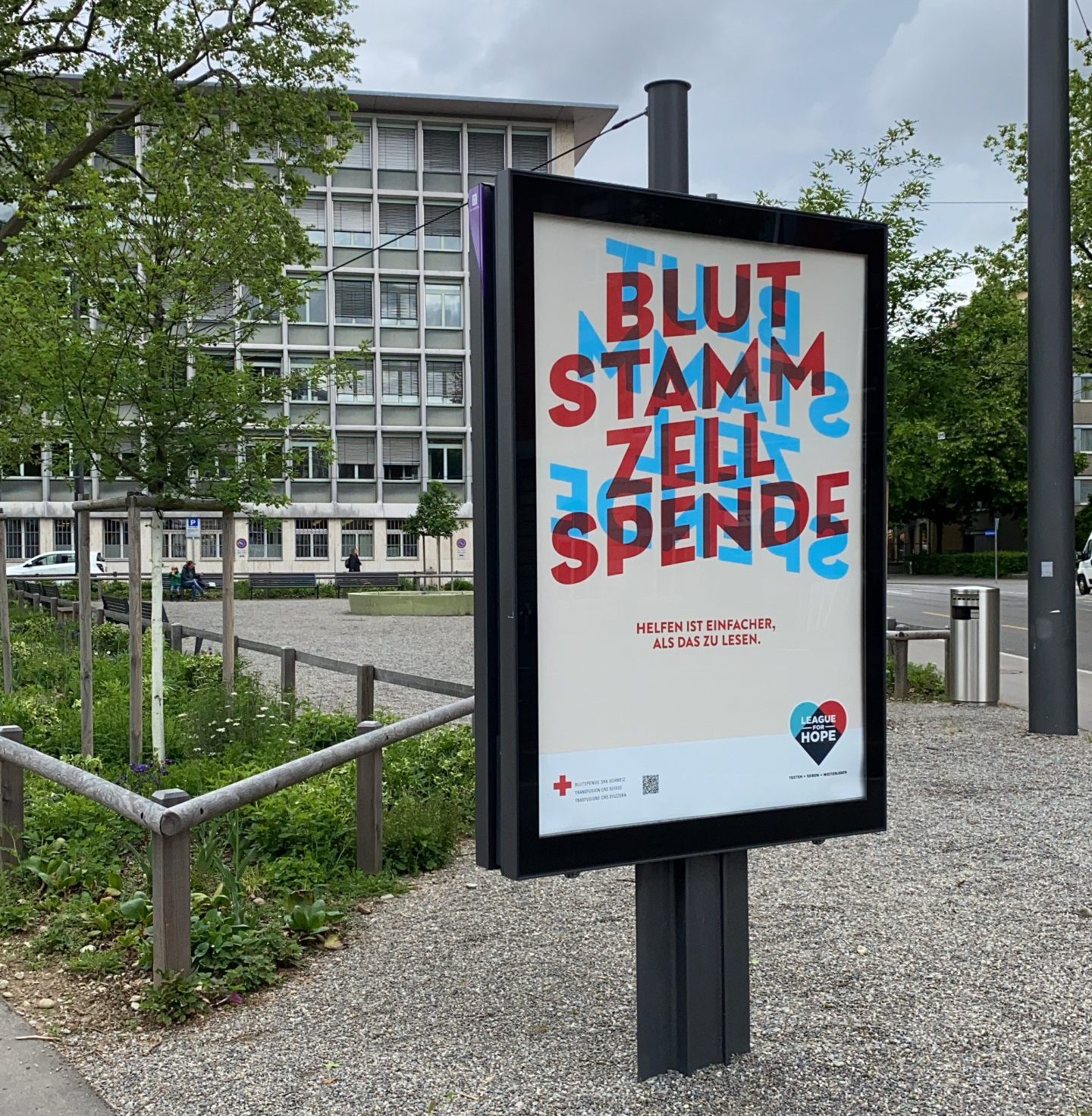New direction
The registry reported high growth in 2020. A new upper age limit of 40 for registration as a blood stem cell donor has been in effect since 1 April 2020.
At the end of 2020, the Swiss registry listed 162’164 persons, a 13.5 per cent increase over 2019 (142’900 persons). A total of 20’701 people registered as new blood stem cell donors, a substantial increase compared to 2019 (14’745 new registrations). Two public appeals from patients met with a big response, leading to numerous registrations. In total, 1437 persons were removed from the registry (2019: 1325), primarily due to age.

